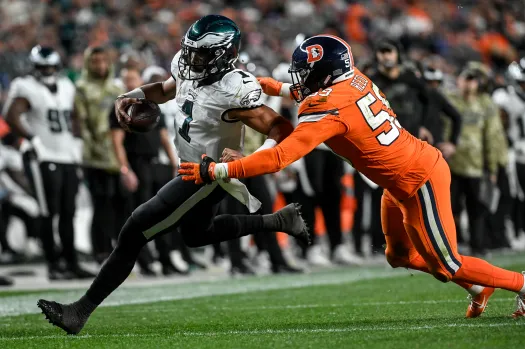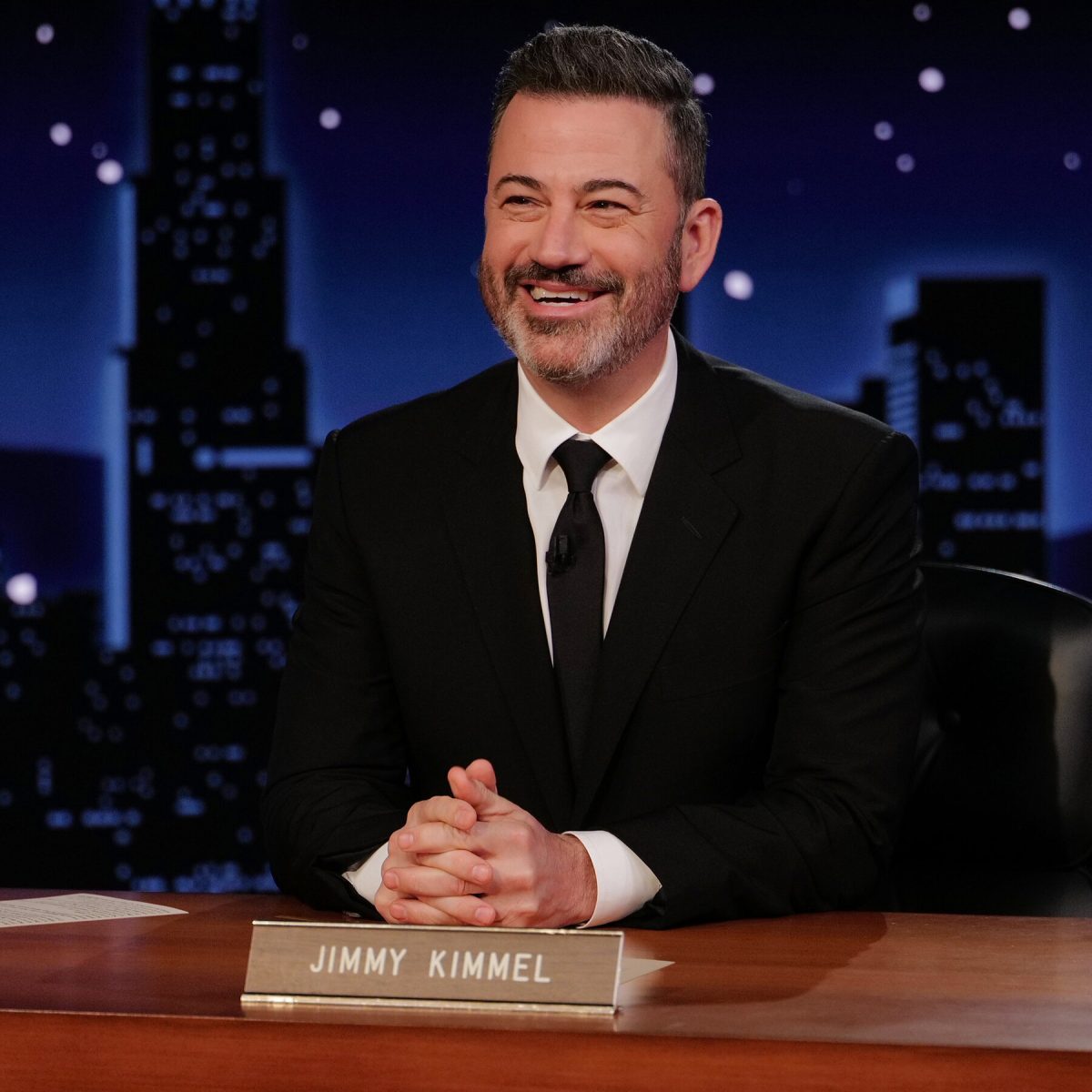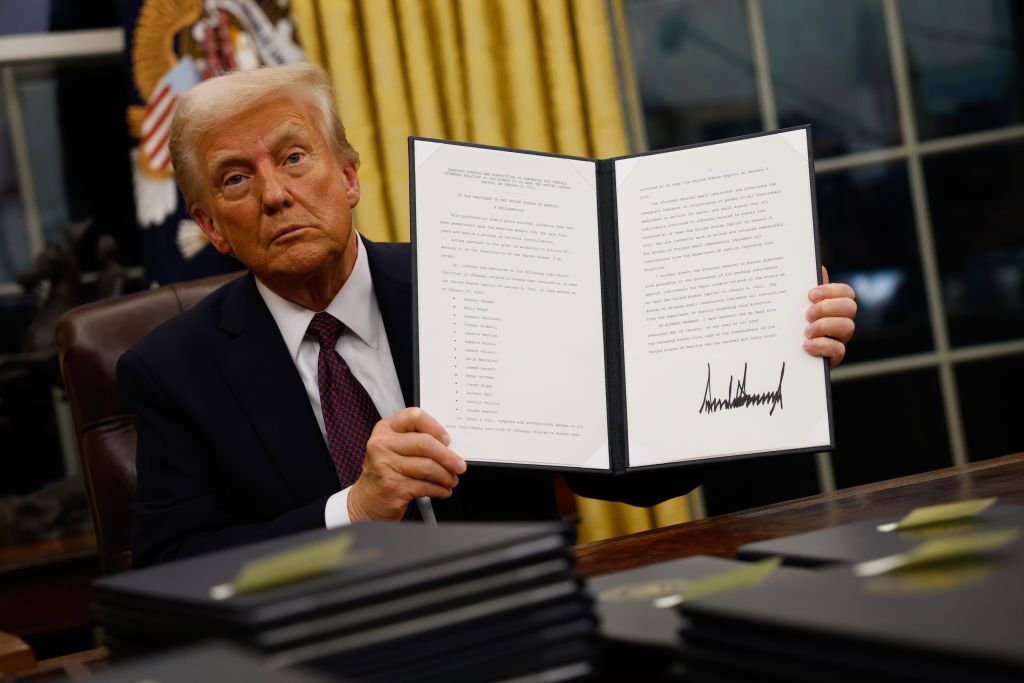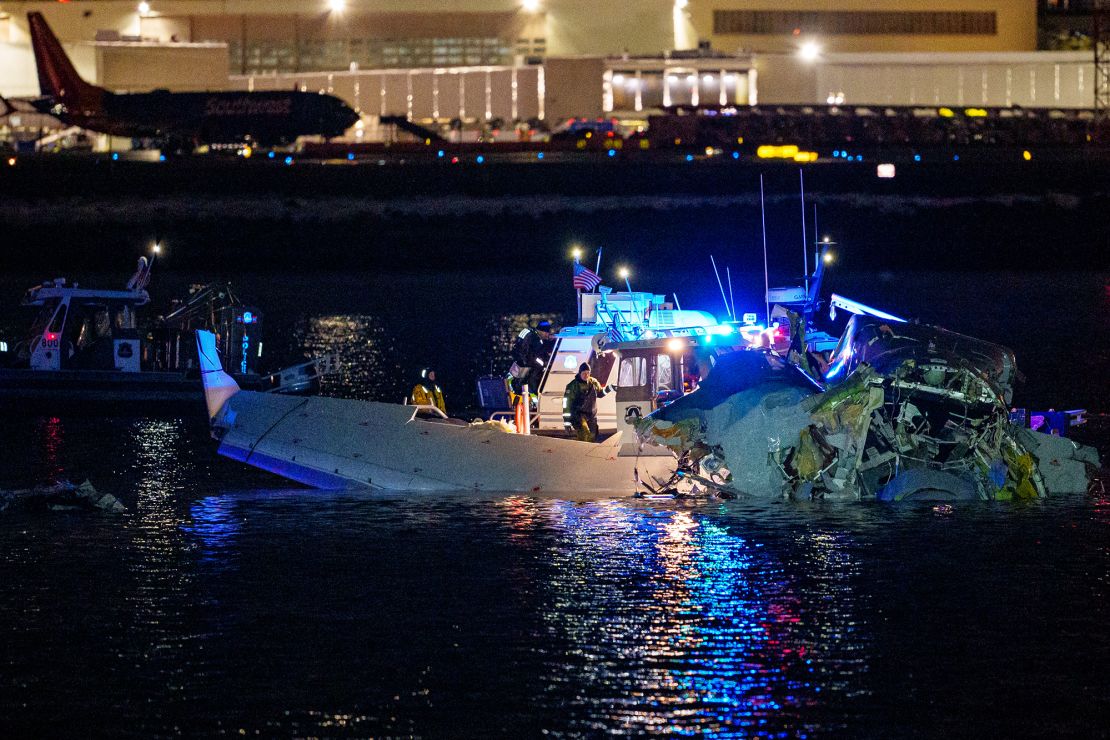Russia’s invasion of Ukraine has been underway for well over a month but has its roots in a long-standing conflict between the two countries. Ukraine has struggled for its independence from the USSR and now Russia, but the present invasion is a rekindling of specific tensions tracing back to 2014. Ukraine’s President Yanukovych had chosen to affiliate with Russia over the European Union regarding a free-trade agreement; the decision sent the country into widespread protests, known as the Revolution of Dignity, addressing governmental corruption, abuse, and human rights violations. Putin took advantage of the unrest in Ukraine to invade and annex Crimea, a region with a significant ethnic Russian population, through a manipulated vote, according to CNBC, that was overwhelmingly in favor of secession. The peninsula’s annexation was not recognized internationally and has been a contested territory ever since. A similar situation played out in Ukraine’s eastern region of Donbas against other pro-Russian separatists, though it never culminated in annexation. From 2015 to 2020, the conflict was marked by skirmishes and rising tensions between Ukraine and Russia.
The conflict heated up once again in late 2021 when Russia began amassing large military forces around Ukraine’s borders as Ukraine’s current president, Zelensky, requested membership in NATO. As documented by the Washington Post, US intelligence warned of a possible invasion in early 2022. Despite the tens of thousands of troops on the border, the Russian ambassador denied, “Russia is not planning an attack against any country.” Russia in turn accused Western countries and NATO of being the aggressors. In 2022, more Russian forces gathered on Ukraine’s border, this time through Belarus for a “joint-military exercise,” as reported by Reuters. Alongside its military preparations, Russia also released propaganda claiming that Ukraine was ruled by an oppressive Nazi government. In the final week before the invasion, Putin recognized separatist regions in Donbas as an independent. In his address to Russia on February 24, Putin used protecting the Russian people in Donbas to justify beginning a “special military operation”—an invasion—in Ukraine.
While he claims to want to liberate the country, Putin’s main motivation for invading Ukraine is his desire to reestablish the geopolitical power Russia had during its Soviet era, according to CBS. He does not recognize Ukraine as its own sovereign nation due to its close cultural ties with Russia. Controlling Ukraine—either through annexation or installing a puppet government—would garner him a significant amount of public approval in Russia. Secondly, a Russia-controlled Ukraine would provide a buffer between Russia and NATO. Putin’s concern about NATO can be seen in his past demands, chronicled by CNN, which include a guarantee that Ukraine would never join the organization and the demilitarization of certain NATO forces in Europe. Former NATO Ambassador Ivo Daalder was quoted by CBS as saying that Putin is motivated by the “worry that a functioning, successful, prosperous democracy in Ukraine poses a direct threat to his rule because it will give people in Russia the idea that they, too, could enjoy what Ukraine enjoys, and rise up against his autocratic rule.”











